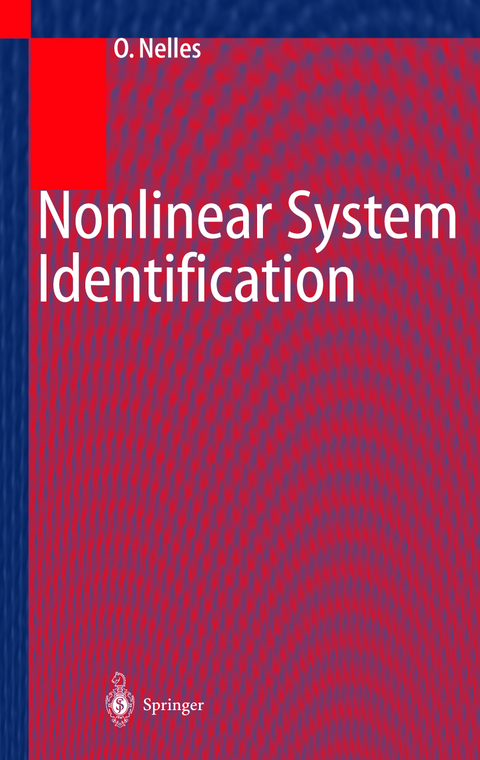
Nonlinear System Identification
Springer Berlin (Verlag)
978-3-540-67369-9 (ISBN)
1. Introduction.- I. Optimization Techniques.- 2. Introduction to Optimization.- 3. Linear Optimization.- 4. Nonlinear Local Optimization.- 5. Nonlinear Global Optimization.- 6. Unsupervised Learning Techniques.- 7. Model Complexity Optimization.- II. Static Models.- 9. Introduction to Static Models.- 10. Linear, Polynomial, and Look-Up Table Models.- 11. Neural Networks.- 12. Fuzzy and Neuro-Fuzzy Models.- 13. Local Linear Neuro-Fuzzy Models: Fundamentals.- 14. Local Linear Neuro-Fuzzy Models: Advanced Aspects.- III. Dynamic Models.- 16. Linear Dynamic System Identification.- 17. Nonlinear Dynamic System Identification.- 18. Classical Polynomial Approaches.- 19. Dynamic Neural and Fuzzy Models.- 20. Dynamic Local Linear Neuro-Fuzzy Models.- 21. Neural Networks with Internal Dynamics.- IV. Applications.- 22. Applications of Static Models.- 23. Applications of Dynamic Models.- 24. Applications of Advanced Methods.- A. Vectors and Matrices.- A.1 Vector and Matrix Derivatives.- A.2 Gradient, Hessian, and Jacobian.- B. Statistics.- B.1 Deterministic and Random Variables.- B.2 Probability Density Function (pdf).- B.3 Stochastic Processes and Ergodicity.- B.4 Expectation.- B.5 Variance.- B.6 Correlation and Covariance.- B.7 Properties of Estimators.- References.
| Erscheint lt. Verlag | 6.11.2000 |
|---|---|
| Zusatzinfo | XVII, 786 p. |
| Verlagsort | Berlin |
| Sprache | englisch |
| Maße | 156 x 234 mm |
| Gewicht | 1370 g |
| Themenwelt | Technik ► Elektrotechnik / Energietechnik |
| Schlagworte | Automatisierungstechnik • Complexity • fuzzy • fuzzy system • linear optimization • Model • Nichtlineares System • Nichtlineare Systeme • Optimization • Statistics • Systemidentifikation |
| ISBN-10 | 3-540-67369-5 / 3540673695 |
| ISBN-13 | 978-3-540-67369-9 / 9783540673699 |
| Zustand | Neuware |
| Haben Sie eine Frage zum Produkt? |
aus dem Bereich


